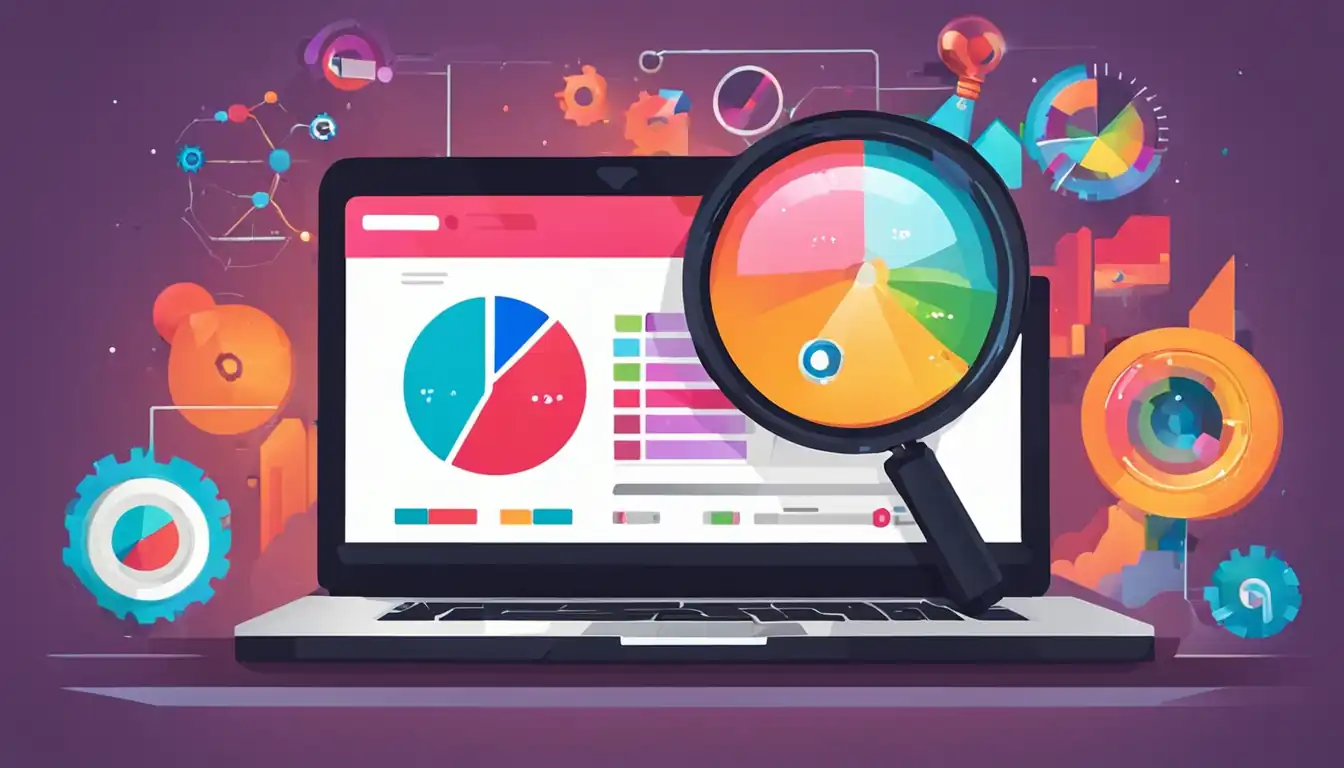Mastering SEO Content Image Optimization

When it comes to SEO, content is king. But what about the images that accompany your content? Are they getting the royal treatment they deserve? In this post, we're going to dive into the world of image optimization for SEO. From understanding the basics to advanced strategies and measuring success, we'll cover it all. So grab a cup of coffee, sit back, and let's master SEO content image optimization together.
Understanding the Basics of Image Optimization
Why Images Matter in SEO
Images play a crucial role in SEO as they can enhance the user experience, increase engagement, and improve the overall aesthetics of a webpage. In addition, properly optimized images can also help boost your website's visibility in search engine results pages (SERPs) by providing relevant context to search engines.
Core Principles of Optimizing Images
- File Format: Choose the right file format for your images. JPEG is ideal for photographs, PNG for graphics with transparency, and SVG for scalable vector graphics.
- Image Size: Optimize image size to ensure fast loading times. Use tools like Photoshop or online compressors to reduce file size without compromising quality.
- Descriptive Filenames: Use descriptive filenames that include relevant keywords to help search engines understand the content of the image.
- Alt Text: Always include alt text that accurately describes the image for visually impaired users and search engines.
- Title Attribute: Utilize the title attribute to provide additional information about the image when users hover over it.
- Image Sitemap: Include images in your sitemap to help search engines discover and index them more efficiently.
By following these core principles of optimizing images, you can improve your website's SEO performance and provide a better user experience for visitors.
Choosing the Right Images for Your Content
When it comes to selecting images for your SEO content, it is crucial to consider the relevance and quality of visuals.
Relevance and Quality of Visuals
Relevance: Choose images that are directly related to the topic of your content. This not only helps with SEO but also enhances the overall user experience.
Quality: Opt for high-quality images that are clear, visually appealing, and relevant to your brand. Avoid using blurry or pixelated images as they can detract from the professionalism of your content.
Sources and Legal Considerations
When sourcing images for your content, it is important to consider legal implications and copyright issues.
"Always ensure that you have the right to use an image before including it in your content. This can help you avoid potential legal troubles down the line."
Technical Aspects of Image Optimization

When it comes to optimizing images for SEO, paying attention to the technical aspects is crucial. Here are some key points to consider:
File Types and Compression Techniques
Choosing the right file type for your images can have a significant impact on your website's loading speed and overall performance. Here are the most common file types used for web images:
- JPEG: Ideal for photographs and images with many colors.
- PNG: Best suited for images with transparency or simple graphics.
- GIF: Suitable for animated images.
In addition to selecting the appropriate file type, it's essential to compress your images without compromising quality. This can be achieved through tools like Photoshop, TinyPNG, or Squoosh.
Correct Usage of Alt Text and Title Tags
Alt text and title tags play a vital role in image optimization for SEO purposes. Here's how you can make the most of them:
Alt Text: This text provides a description of the image for users who are visually impaired or when the image fails to load. It should be concise, descriptive, and include relevant keywords.
Title Tags: While not as critical for SEO as alt text, title tags can provide additional context about an image when users hover over it. They should be used sparingly and complement the alt text.
By following these technical aspects of image optimization, you can enhance your website's SEO performance and user experience simultaneously.
Advanced Strategies for Enhanced Performance
Responsive Images for Different Devices
In today's digital landscape, it is crucial to optimize your images for different devices to ensure a seamless user experience. Responsive images adapt to the screen size and resolution of the device being used, providing users with high-quality visuals without compromising load times.
Key Points:
- Use CSS media queries to serve different image sizes based on device specifications.
- Implement srcset and sizes attributes in HTML to provide browsers with multiple image options.
- Consider using the picture element for more complex responsive image scenarios.
Lazy Loading and Its Impact on SEO
Lazy loading is a technique that defers the loading of non-essential resources, such as images, until they are needed. This can significantly improve page load times and overall performance, leading to a better user experience. From an SEO perspective, lazy loading can also positively impact your website's search engine rankings.
Key Points:
- Lazy loading reduces initial page load times by only loading images when they come into view.
- Search engines prioritize websites with faster load times, making lazy loading a valuable optimization strategy.
- Implement lazy loading using JavaScript libraries or frameworks like Intersection Observer API for seamless integration.
By incorporating responsive images and lazy loading techniques into your SEO content optimization strategy, you can enhance performance and elevate your website's visibility in search engine results.
Measuring the Success of Your Image SEO Strategy
In order to determine the effectiveness of your image SEO strategy, it is essential to track and measure its success. By monitoring key metrics and utilizing various tools, you can gain valuable insights into how well your images are performing in search engine results pages.
Tools and Metrics to Track Image Performance
When it comes to measuring the success of your image SEO strategy, there are several tools and metrics that can provide valuable data:
Google Search Console: This tool allows you to monitor how Google sees your site, including indexing issues, keyword performance, and image search data.
Google Analytics: By tracking metrics such as organic traffic, bounce rate, and time on page for pages with images, you can assess the impact of your image SEO efforts.
Image Alt Text: Monitoring the performance of alt text for images can help you understand how well they are optimized for search engines.
Page Load Speed: Images that are not optimized for web can slow down page load speed, impacting user experience and search rankings.
Image Click-Through Rate (CTR): Tracking the CTR of images in search results can give insight into their visibility and appeal to users.
Adjusting Tactics Based on Analytics Data
Based on the data collected from these tools and metrics, it is important to adjust your image SEO tactics accordingly:
"Analyzing the performance of your images in search results can help you identify areas for improvement and refine your optimization strategy."
By reviewing analytics data regularly, you can make informed decisions about which images to optimize further, which alt text to revise, or even which images may need to be replaced with more relevant ones. Continuously monitoring and adjusting your tactics based on analytics data will ensure that your image SEO strategy remains effective in driving organic traffic and improving search visibility.
Conclusion
Now that you've mastered the art of SEO content image optimization, you're ready to take your website to new heights. By understanding the importance of images in SEO, choosing the right visuals, optimizing technically, implementing advanced strategies, and tracking performance metrics, you're well-equipped to boost your site's visibility and engagement. So go ahead and put these tips into action - your optimized images are waiting to shine on search engine results pages!